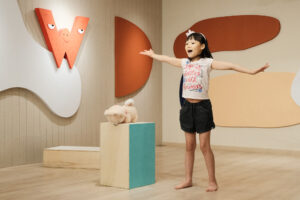
The Importance of Play in Children
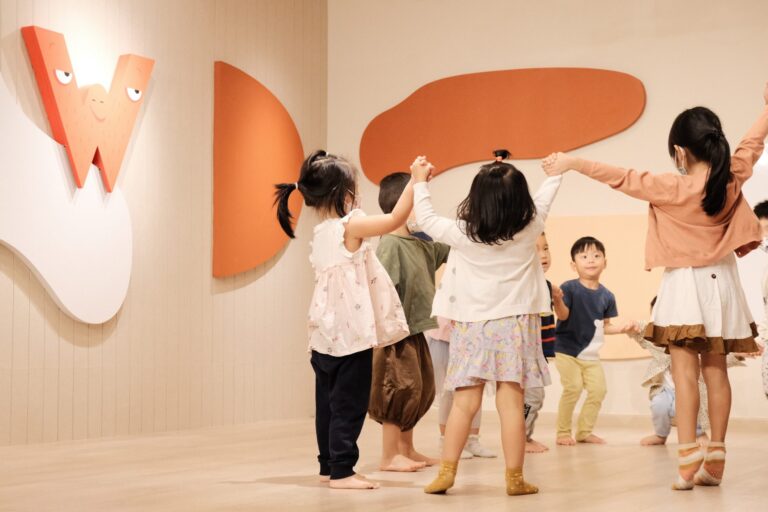
Whilst there are numerous ways in which children learn and process information, parents should not overlook the power of play in a child’s development. The role of play in early childhood development has captivated psychologists for many decades. Numerous theories have been proposed and studies undertaken, in order to delve deep and understand the importance of play. Indeed, most researchers agree that healthy play is profoundly pertinent to the robust development of a child’s cognitive, physical, social, and emotional well-being.
In this article, we cover the 5 different types of play that children engage in and discuss their potential benefits. Read on to find out more!
1) Physical Play
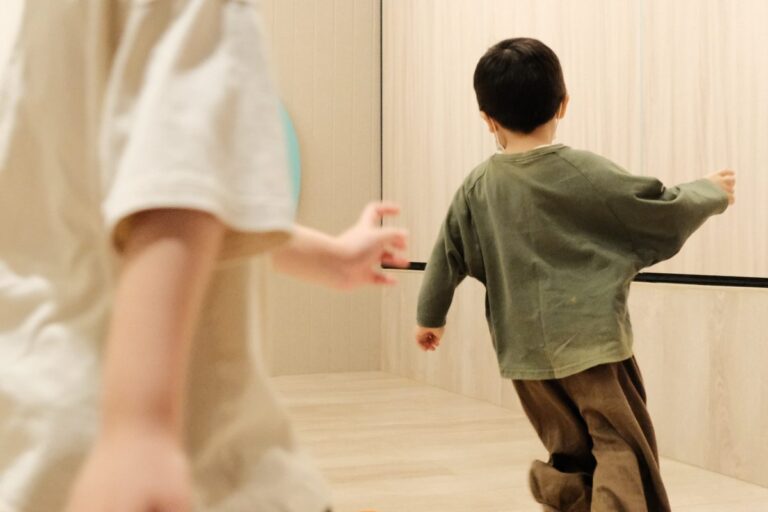
First on our list is physical play. Often emerging around the age of 2, it primarily consists of the forms of play that emphasise exercise and movement. Naturally, this spans a broad range of activities, such as running around the playground, flying a kite, or climbing trees.
Physical play is essential to the healthy development of both bodily and hand-eye coordination, as well as children’s strength and endurance. Both boys and girls can benefit from active physical play, as it not only develops individual fitness, but also promotes a healthy relationship with the outdoor environment.
Fine-motor Play
An interesting sub-category of physical play is fine-motor play. The term “fine-motor” refers to activities involving the usage of the tiny muscles in our hands and fingers which are essential for complex skills like writing. Examples of fine-motor play can include activities such as sowing, colouring, and junk modelling.
Not only does fine-motor play aid the development of finger co-ordination, studies have shown that it can also improve the concentration capabilities of children and build their perseverance [1]. The engrossing, attention-consuming requirements of such activities serve as a gateway to the development of skills that will serve them well through life.
2) Play with Objects
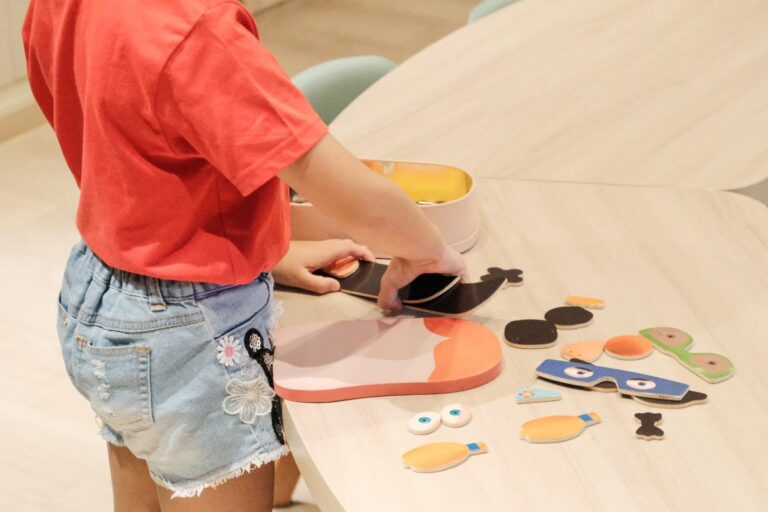
The second type of play relates to play with physical objects. Object-centric play is one of the earliest forms of play to develop in children, and begins almost as soon as infants can hold onto and grasp objects around them. That said, such play is often fully realised only around the age of four.
As a child grows older, object-based play becomes increasingly more complicated. From simple building blocks, children can learn to build complex structures using more complicated toys like LEGOs. From stuffed animals and dolls, children construct their own imaginative worlds, in which they enact elaborate and exciting stories.
But What’s The Difference Between ‘Play with Objects’ and ‘Physical Play’?
One could easily make the case that almost any form of play could span several categories rather than residing solely within one. For example, should playing with building blocks be considered a form of fine-motor play or object-based play?
Whilst a fair conundrum, there is a subtle difference between object-centric play and physical play which is determined by the cognitive perspective of the child. Whilst object-centric play and physical play may both involve physical actions, the former is based around narrative or dramatic contexts. When children make or build things with their toys, and also constructing stories about (or through) the items they are interacting with, we consider that ‘playing with objects’.
Studies show that playing with objects has direct correlation with children’s ability to accomplish physical problem-solving tasks [2]. By setting goals and challenges for themselves in their own personal games, children learn to self-monitor their own progress in order to accomplishing these objectives. In short, through object-centric play, children make independent and strategic choices that help to develop a positive attitude towards challenge [3].
3) Symbolic Play
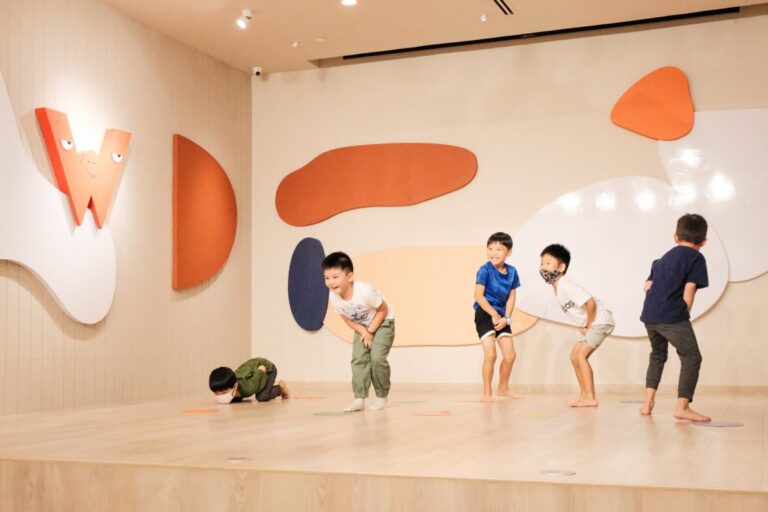
The third type of play, symbolic play, refers to play in which children engage with “symbolic systems”, such as languages, the written word, numbers, and even various art forms such as drama, painting, and music.
Language based play begins as early as infancy and tends to be an active process. Children imitate sounds (usually from the languages they hear around them) and subsequently pick up increasingly complex words. Research has shown that language-based play is pertinent to supporting phonological awareness; promoting smoother progress of the development of early literacy skills [4].
Drawing is another popular pastime of children and is an important aspect of symbolic play. Through drawing, children learn to conceptualise thoughts and feelings as images and represent them in the things that they draw. Additionally, the development of visual literacy (one’s ability to comprehend diagrams, photographs, maps, etc.) can be greatly enhanced through play with visual-based media [5].
4) Socio-dramatic Play

Simply put, socio-dramatic play combines social (interactions with others) and dramatic (imaginary settings, characters, narratives) elements of play. Whilst the term drama may evoke images of fancy costumes and painted sets, the only true requirement is the child’s imagination.
Socio-dramatic play naturally occurs outside of the classroom in games like ‘cops and robbers’ or ‘playing house’, but with trained educators it can also take place in a structured environment like the classroom. This can be in group-devised skits, drama games, and improvisation activities.
The power of sociodramatic play lies in its endless possibilities to allow children to explore and create new worlds. By adopting different roles and characters in various settings, children can hone their language and communication skills and embed a deeper understanding of the nuances of narrative [6].
5) Games with Rules

Paradoxically, in spite of the free-spirited nature of most young children, lots of children love games with rules. Some psychologists posit that this is because children are inherently motivated to try and make sense of the world around them; rule-based games simply provide a solid but fun structure that offers stability and entertainment.
Rule-based games can include physical games such as ‘catch’ or ‘hide-and-seek’, but it can also involve more intellectual games such as chess or computer games. In the digital age, however, video games are quickly taking over as the mainstream form of entertainment for children. This presents its own challenges and merits, some of which are discussed in this article.
Whilst rules-based games naturally help introduce children to the concept of rules and the importance of following them, their primary benefit are in their social element. Through rule-based games, children pick up various social skills, such as sharing, taking turns, and adopting the perspectives of their peers.
Final Thoughts
Some parents have a tendency to draw a line in the sand and delineate play from learning. At best, this is to better organise strict periods of time for learning and play. At worst, it can lead to the vilification of play in favour of learning.
It is important to remember that play and childhood go hand-in-hand. It is not just a tool for development, it is an undeniably integral part of it. Additionally, many children learn best when play is incorporated into the curriculum. This can come in the form of educational games, play breaks, or even dedicated classes. Speech & Drama programmes, like our Wonderlit Perform Programme, can offer a safe environment for children to collaborate with their peers in fun-filled performances.
Finally, there is no reason to prioritise one form of play over another. All 5 types of play are necessary for healthy child development and can help to foster an innately positive attitude towards learning. Afterall, how can our children truly learn and explore the world without having had the chance to develop their imagination, curiosity, and enthusiasm?
References
[1] Pellegrini, D. A., Smith, K. P. (1998). Physical activity play: The nature and function of a neglected aspect of play. Child Development, 69(3), 577-598.
[2] Pellegrini, A. D., & Gustafson, K. (2005). Boys’ and Girls’ Uses of Objects for Exploration, Play, and Tools in Early Childhood. The nature of play: Great apes and humans, 113-135.
[3] Sylva, K., Bruner, S. J., Genova, P. (1976). The role of play in the problem-solving of children 3-5 years old. Play: Its role in development and evolution, 244-257.
[4] Christie, J. F., & Roskos, K. A. (2006). Standards, science, and the role of play in early literacy education. Play=Learning: How play motivates and enhances children’s cognitive and social-emotional growth, 57-73.
[5] Ring, K. (2010). Supporting a playful approach to drawing.
[6] Whitebread, D. (2012). “The importance of play.” University of Cambridge, Toy Industries of Europe.
[7] DeVries, R. (2015). Games with rules. Play from birth to twelve, 151-158. Routledge.
Recent Posts


How To Nurture Oral Language Development in Children

Story Builders: How Reading Shapes Writing In Kids

4 Fun Ways To Nurture Children’s Love For Performing

Importance of English Phonics for Young Learners
